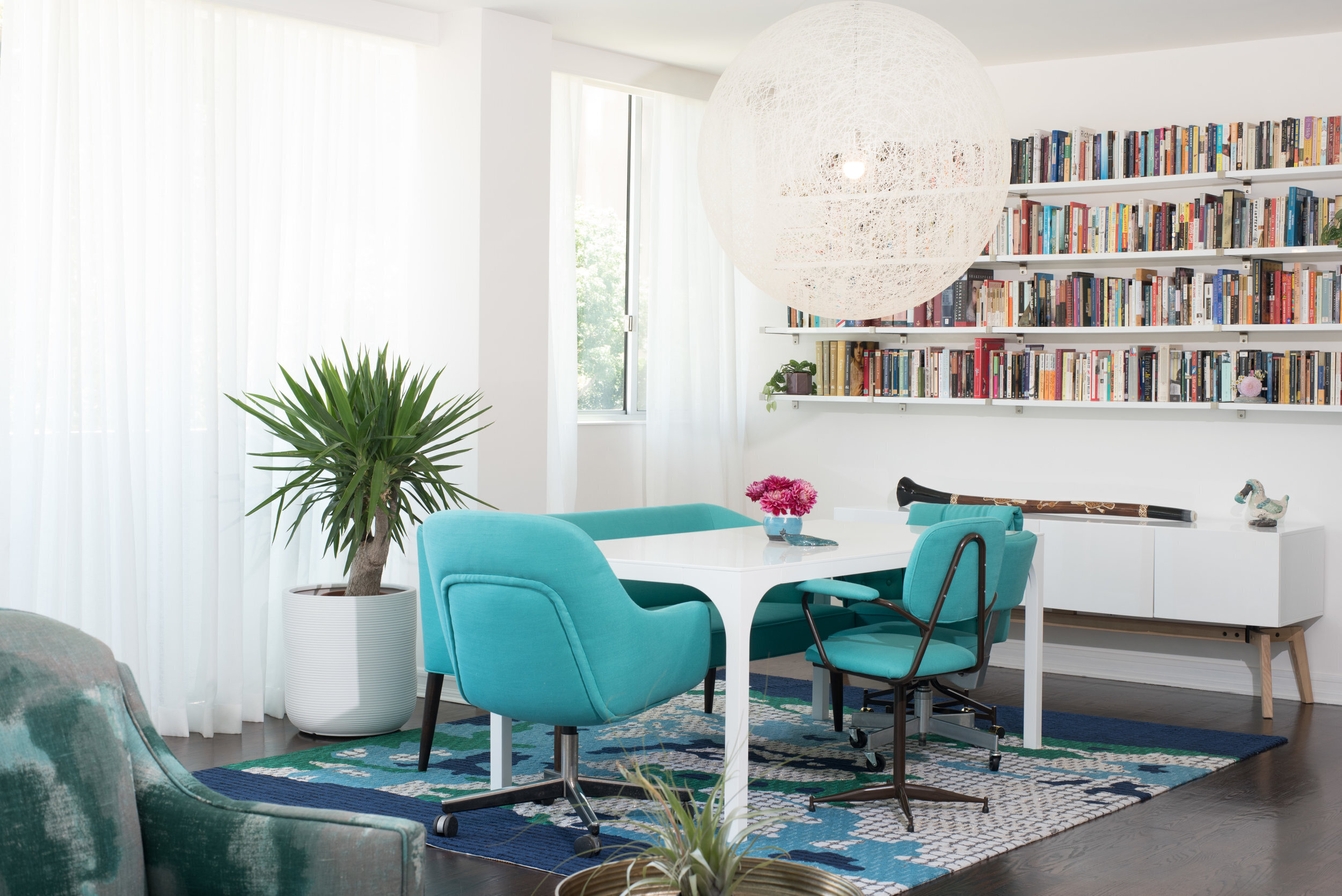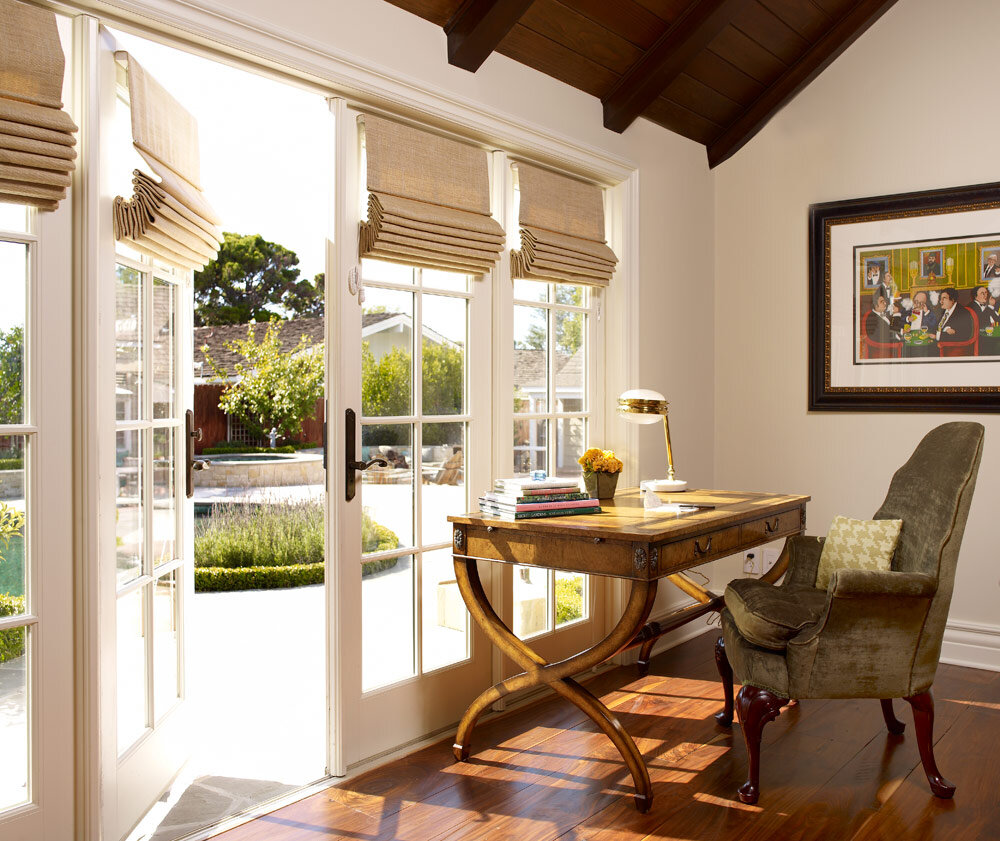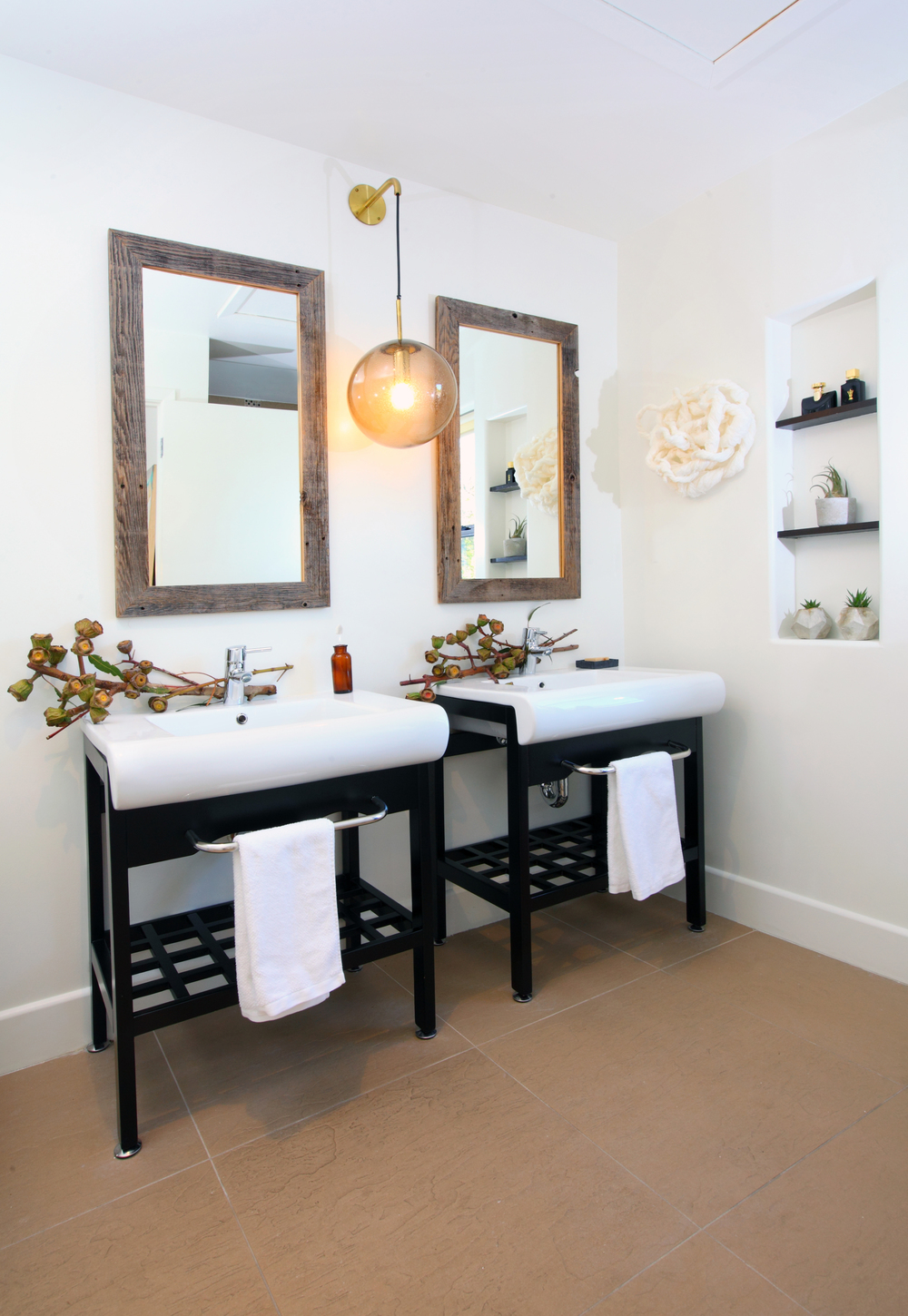Vegan Interior Design
/“You can still have everything you want, even if you are vegan,” Sarah Barnard explained. For those vegans who want to surround themselves with luxurious vegan linens, more natural, beautiful and durable vegan materials are available than ever. If you are the type of vegan who loves the look of animal products, more and more perfect options are available for you as well. Los Angeles home designer and recent ASID award-winner Sarah Barnard took time to go over the growing vegan interior design market and her experience with clients who care about animals. “Happily, the days of sacrificing comfort for principles are over. There are plenty of luxury options for vegans, too.”
Of course, vegan and vegetarian mean different things to different people. It helps to clarify your preferences ahead of time. A knowledgeable designer can help you sort through what is desirable to bring into your home and what isn’t, and can help with any additional design considerations that frequently go hand-in-hand with a love of animals, like the desire for an eco-friendly home. DIY strategies are abundant on sites like Pinterest or Etsy, but some subtle animal materials may slip past you if you aren’t sure what to avoid, or less perfect materials may get selected by default.
“If vegan living is important to you, find an interior designer to help you. It’s the best way to make sure you feel good about your design decisions,” Barnard explained. “Ideally, you would work with a designer who has experience and vegan resources prepared.” One must vet each component of every item. There are the obvious things: fabrics, leather, and fur. But plenty of materials that you wouldn’t expect to use animal byproducts, too. Paint, glue, and lacquer are less obvious and slip by unnoticed most of the time. Old master painting or collectible paintings, for example, can potentially have small amounts of animal byproducts: nevermind that canvas was sometimes made of animal hide, but eggs were used to make tempera paint, and some pigments were derived from animal skin or hair as well. “Essentially, every part of every item could potentially bring animal products into your home.” Barnard cautioned. When asked how she avoids this, she answered, “I work closely with local artists and manufacturers that work with vegan materials. The artists care deeply about animals and the environment and make careful choices in the selection of materials.”
Some things that may be marketed as a cruelty-free product need to be verified also. For example, some silk manufacturers claim they wait until the silkworms have died to harvest their cocoons, but less reputable manufacturers have been caught lying about their processes.
While it can be exhausting searching for an alternative, don’t settle for just any synthetic material. A designer has access to samples and access to a myriad of information on the manufacturers’ technical specifications on art, furniture, and building materials.
Consider your health when designing or decorating your home with synthetic materials. Humanmade options could mean introducing elements that off-gas chemicals into your home. Vinyl and PVC for example, have been known to release chemicals for at least two weeks after installation. There are plenty of safe synthetic materials made by responsible manufacturers.
If you were on the fence about making your home vegan, consider that for a family member or guest with allergies, making your home vegan can be an excellent way to make sure there are no allergens that cause discomfort. Artificial down, for example, can be better than it’s feathery counterpart because alternatives are often water-resistant in addition to being hypoallergenic.
For a family member on the autistic spectrum, the smell of animal leathers and the rough textures of some wools and skins may be bothersome. Ideally, a space designed for them has carefully considered and created the materials, lighting, and flow.
When asked about her favorite part of designing a vegan home, Barnard said, “Vegan interiors often end up being automatically eco-friendly.” It turns out vegan homes can have a smaller carbon footprint, simply because any process involving cultivating materials from animals means using resources to care for the animal to grow, and the carbon dioxide they exhale during their cultivation contributes to a large carbon footprint. Wood should be researched as well and sourced from responsible, sustainable sources, or reclaimed from previous projects and buildings.
Whatever your reason for choosing a vegan home, it should be relevant to the designer who helps you create your perfect home, too. You don’t have to sacrifice style or comfort; more than ever, it is possible to luxurious, durable, cruelty-free, materials.
Sarah Barnard designs healthy, happy, personalized spaces that are deeply connected to nature and art.
To learn more about Sarah Barnard Design, please visit www.SarahBarnard.com.
Photos by Chas Metivier and Steven Dewall.





